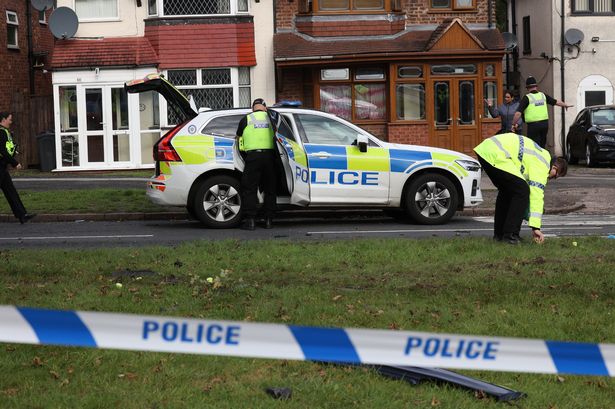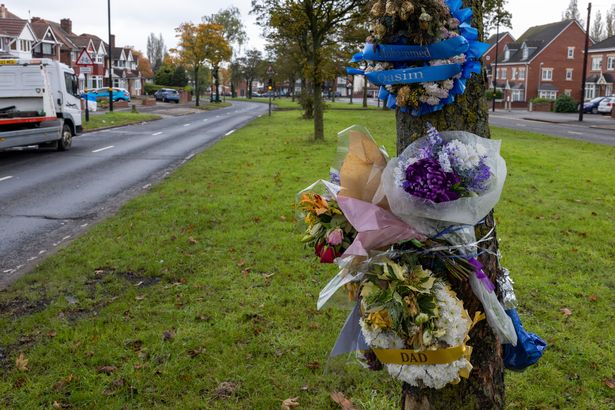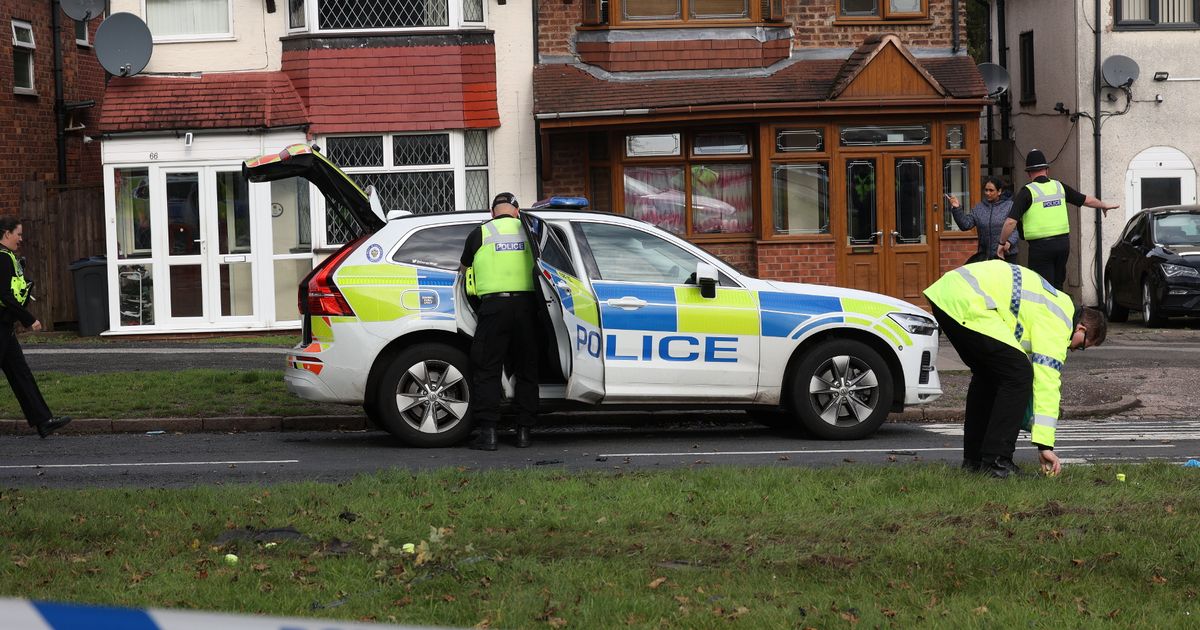Muhammad Qasim, 29, suffered “catastrophic” head injuries when he crashed his BMW into a tree on Island Road in Birmingham in the early hours of October 2 2023 and died in hospital later that day Muhammad Qasim, 29, suffered “catastrophic” head injuries when he crashed his BMW into a tree on Island Road
Muhammad Qasim, 29, suffered “catastrophic” head injuries when he crashed his BMW into a tree on Island Road
The jury in an inquest into the death of a man who crashed his car into a tree while being trailed by police have been instructed not to record that there was a pursuit, according to the coroner.
The jury withdrew to deliberate their verdict in the inquest of Muhammad Qasim at Birmingham Coroners Court on Tuesday morning following four days of testimony.
The 29 year old sustained “catastrophic” head injuries when his BMW collided with a tree on a central reservation on Island Road in Birmingham in the early hours of October 2 2023, and he passed away in hospital later that day.
Read more: Disabled cricketer gets DWP benefits taken away
At the time of the incident, he was being followed by a marked police vehicle driven by West Midlands Police response officer Pc Paul Withers, who informed the inquest that the BMW first caught his eye because it was exceeding the speed limit in a 30mph zone on nearby Church Lane.
Mr Qasim, who had two passengers in the car at the time of the crash, was over the drink-drive limit, had recently consumed cannabis, was speeding and wasn’t wearing his seatbelt when he failed to navigate a left-hand bend in the road and suffered fatal injuries after being thrown from the vehicle.
He had been doing “loops” of Island Road, with the police car in tow, and had suggested to his passengers that he was going to halt the car and they should flee just before the collision, the inquest was told.
Pc Withers expressed to the court his confusion over the BMW driver’s actions, as they didn’t seem to be attempting to create distance from the police car in the manner he typically observed when a motorist tries to dodge the police.

Last week, two police driving specialists testified at the inquest that they had no objections to Pc Withers’s driving prior to the BMW’s crash. They acknowledged that the officer, who lacked training in police pursuits, was tailing the vehicle to gather information, such as the registration number, for database verification.
Consequently, the jury may not conclude that any aspect of the incident constituted a police chase, senior coroner Louise Hunt informed them before they withdrew to begin their deliberations.
She stated: “I have a legal direction to give you and you must accept it. In light of the expert evidence, you may not record that any part of the events amounted to a police pursuit.”
She further added: “Both experts agreed they had no criticism of the way Pc Withers was driving and was entitled to follow the vehicle to ascertain further intelligence.
“There were questions of the expert witnesses about whether Pc Withers was in a pursuit at any time.
 Flowers left on a tree on Island Road in Handsworth(Image: Birmingham Live)
Flowers left on a tree on Island Road in Handsworth(Image: Birmingham Live)
“Both concurred there was not a pursuit at any time as he did not signal to Mr Qasim any need to stop at any stage.”
Both experts – Jonathan Little, chief driving instructor for Staffordshire Police and Paul Trowman, the chief driving instructor for West Midlands Police – were consulted on the possibility of a spontaneous police chase occurring.
The College of Policing defines a spontaneous pursuit as one where the suspect’s decision to bolt is sparked by spotting a police vehicle, without any forewarning or enough time to devise a specific tactic or plan.
Mr Little believed that such a pursuit might have initiated on the final “loop” of Island Road, just prior to the collision, yet both specialists concurred that even if it had, the crash was likely inevitable due to Mr Qasim’s high velocity and contributing factors like alcohol and drug impairment.
Mrs Hunt remarked: “They both agreed that whether or not there was a pursuit made no difference to the outcome as the crash was simultaneous to the start of any pursuit.”
She further instructed that the jury must form their verdict solely on the courtroom evidence and reach a consensus.
